Do you have a question about the Riello A2WHPR32M/004 and is the answer not in the manual?
Explains safety symbols, DANGER/WARNING/CAUTION/NOTE meanings, and abbreviations.
Details risks like fire, shock, injury, handling, installation site, and environmental considerations.
Explains unit usage, combinations, optional components, and tank requirements.
Details operational temperature, pressure, and flow rate ranges.
Lists accessories provided with the unit and those available from suppliers.
Covers confirming model name and serial number, and proper unit handling procedures.
Provides information on refrigerant type, GWP, charge volume, and leak check frequency.
Covers ventilation, noise, stability, gas leaks, servicing space, and piping length.
Provides guidance for installing in cold, hot climates, and areas with heavy snowfall.
Details physical dimensions, foundation requirements, and bolt specifications.
Covers drain hole position and required space for servicing the unit.
Illustrates system configurations like single zone, double zone, cascade, and tank sizing.
Details unit disassembly and identifies main components, including the hydraulic module.
Describes the layout and components of the electronic control box.
Covers checking the water circuit, connections, volume, anti-freeze, and insulation.
Provides guidelines and precautions for electrical field wiring work.
Covers wiring overview, diagrams, and specific component connection details.
Explains DIP switch functions and initial setup for various operational modes.
Covers initial start-up, pre-operation checks, and circulation pump operation procedures.
Details field settings for DHW, cool, heat, auto modes, thermostat, and other parameters.
Covers special functions like preheating, floor drying, auto restart, and input definitions.
Outlines final checks and procedures for performing manual test runs on the unit.
Outlines routine checks and inspections required for optimal unit availability.
Provides general inspection tips and covers initial troubleshooting steps.
Lists common symptoms like heating/cooling issues, pump noise, and pressure valve faults.
Details operational parameters and lists error codes with corrective actions.
Provides general technical data including dimensions, weight, connections, and operation ranges.
Details power supply requirements and running currents for standard and backup heater units.
Illustrates the refrigerant cycle with a diagram and lists component descriptions.
Explains safety symbols, DANGER/WARNING/CAUTION/NOTE meanings, and abbreviations.
Details risks like fire, shock, injury, handling, installation site, and environmental considerations.
Explains unit usage, combinations, optional components, and tank requirements.
Details operational temperature, pressure, and flow rate ranges.
Lists accessories provided with the unit and those available from suppliers.
Covers confirming model name and serial number, and proper unit handling procedures.
Provides information on refrigerant type, GWP, charge volume, and leak check frequency.
Covers ventilation, noise, stability, gas leaks, servicing space, and piping length.
Provides guidance for installing in cold, hot climates, and areas with heavy snowfall.
Details physical dimensions, foundation requirements, and bolt specifications.
Covers drain hole position and required space for servicing the unit.
Illustrates system configurations like single zone, double zone, cascade, and tank sizing.
Details unit disassembly and identifies main components, including the hydraulic module.
Describes the layout and components of the electronic control box.
Covers checking the water circuit, connections, volume, anti-freeze, and insulation.
Provides guidelines and precautions for electrical field wiring work.
Covers wiring overview, diagrams, and specific component connection details.
Explains DIP switch functions and initial setup for various operational modes.
Covers initial start-up, pre-operation checks, and circulation pump operation procedures.
Details field settings for DHW, cool, heat, auto modes, thermostat, and other parameters.
Covers special functions like preheating, floor drying, auto restart, and input definitions.
Outlines final checks and procedures for performing manual test runs on the unit.
Outlines routine checks and inspections required for optimal unit availability.
Provides general inspection tips and covers initial troubleshooting steps.
Lists common symptoms like heating/cooling issues, pump noise, and pressure valve faults.
Details operational parameters and lists error codes with corrective actions.
Provides general technical data including dimensions, weight, connections, and operation ranges.
Details power supply requirements and running currents for standard and backup heater units.
Illustrates the refrigerant cycle with a diagram and lists component descriptions.
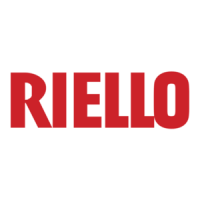


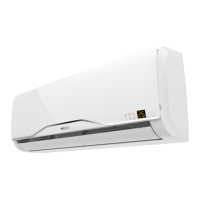
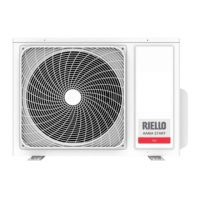

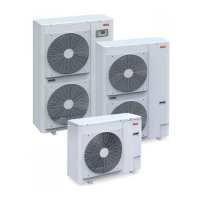



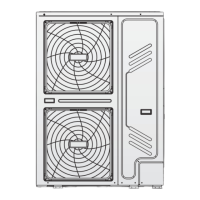
